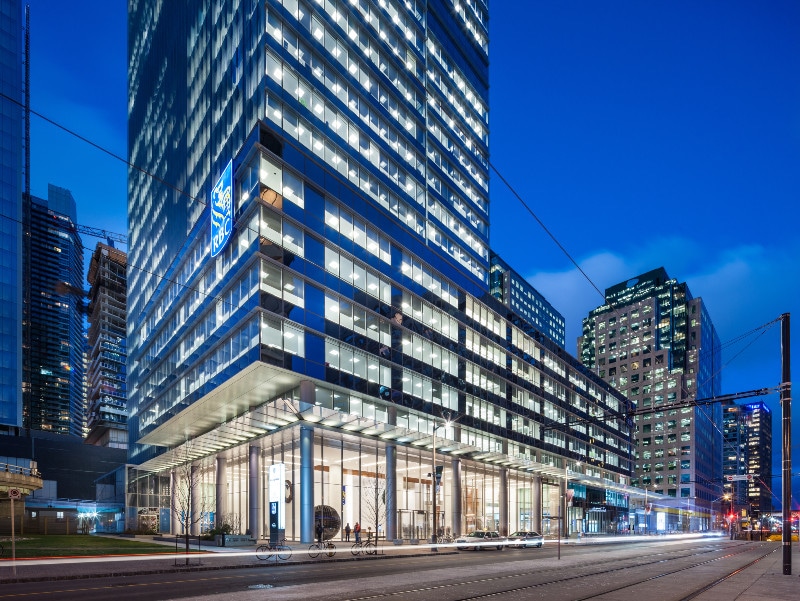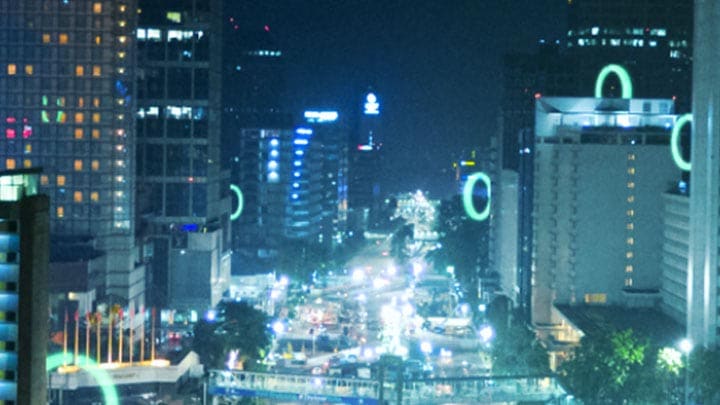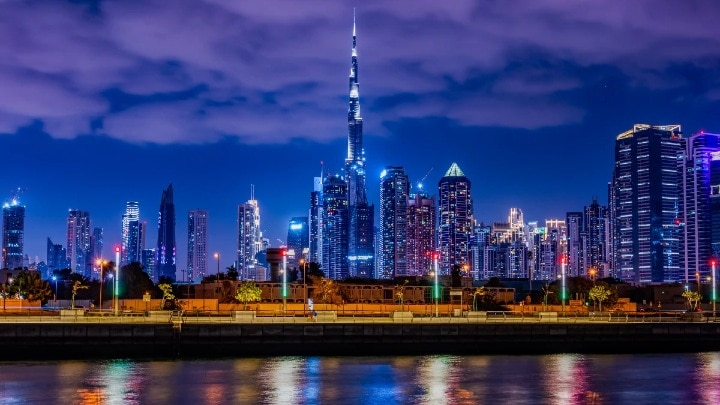November 11, 2021
Raising the global building renovation rate will cut greenhouse gas emissions and reap multiple rewards.
As COP26 draws to a close, there is an important item still on the agenda. Today, the UN annual climate conference will feature a day fully dedicated to addressing the environmental impact of cities and the built environment- an issue that needs to be addressed urgently.
It’s surprising that this item is so often overlooked, given that our buildings are responsible for 40% of the world’s greenhouse gas emissions. And even within this space, it’s new, zero-energy buildings that make the headlines, with futuristic designs that incorporate cutting-edge technology to perform with the lightest possible impact.
Raising the standard of our new building stock will be a welcome change, driven by new building codes that will ensure that construction projects adopt a net-zero standard. But to achieve our ambitious 2030 emissions reduction targets, we must look to the areas where we can make the most meaningful impact. Within Europe, 85 to 95% of our current building stock will still be in use in 30 years’ time. If we focus energy-efficiency initiatives on the small percentage of new buildings, we address only a minor part of the problem.
At present, just 1% of existing buildings undergo energy renovation each year. If we raise that rate to 3% per year, we can clean up most of our built environment by 2050.
Renovation is a multi-level process with varying levels of complexity, incorporating solutions like insulation, high-efficiency heating and cooling systems, and renewable heat and electricity generation systems. To achieve our 2030 targets, we should prioritise one of the quickest wins: lighting. Energy-efficient LED lighting has been with us for a decade now, yet even in highly-developed Europe, two thirds of installed lighting relies on inefficient legacy technology. For the United Kingdom and Ireland (UK&I) region, switching to LED lighting in the professional lighting market could reduce CO2 emissions by 3.9 million tonnes in, the amount of emissions that 175 million trees could sequester in a year. Making the switch would also generate electricity savings of 16.1 TWh, which is equivalent to the annual electricity consumption of more than 4.3 million households. This would mean a saving of EUR 3.8 billion on electricity costs.

Upgrading lighting is also the quickest and least intrusive part of the renovation process. Converting to smart LED lighting can reduce the built environment’s lighting-related energy consumption by up to 80%, offering carbon emissions reductions and bringing down electricity costs. And when LEDs are connected to a smart lighting management platform, the benefits multiply. A lighting system can be connected to other smart building technologies like sensors that can switch off lights in unoccupied rooms or adjust lighting levels in response to natural daylight conditions. Such systems can yield a 30% electricity saving over and above the savings from switching to LED. To add to the benefits, LED lighting is one of the quickest renovations that dramatically cuts carbon - it does not require large capital investments and has a short payback time.
In the European Union and the UK&I region, the Renovation Wave initiative aims to take on the challenge of upgrading aging buildings to keep our emissions within agreed levels. The initiative aims to double annual energy renovation rate in the next ten years. Such a plan yields multiple benefits, slashing emissions from our built environment while reducing energy poverty, improving quality of life, and creating skilled local jobs. The UK also has a resilience and recovery plan - The Ten Point Plan for a Green Industrial Revolution - which lays out a broad roadmap towards this goal and in particular its financing.
Replicating such a scheme globally will undoubtedly be challenging. But with so much at stake, and with quick and significant additional gains on the table, it’s high time for our built environment to take its place on the world’s most important agenda.
Signify (Euronext: LIGHT) is the world leader in lighting for professionals, consumers and the Internet of Things. Our Philips products, Interact systems and data-enabled services, deliver business value and transform life in homes, buildings and public spaces. In 2023, we had sales of EUR 6.7 billion, approximately 32,000 employees and a presence in over 70 countries. We unlock the extraordinary potential of light for brighter lives and a better world. We have been in the Dow Jones Sustainability World Index since our IPO for seven consecutive years and have achieved the EcoVadis Platinum rating for four consecutive years, placing Signify in the top one percent of companies assessed. News from Signify can be found in the Newsroom, on X, LinkedIn and Instagram. Information for investors is located on the Investor Relations page.


December 17, 2024
Transforming Dubai’s iconic buildings with connected lighting from Signify